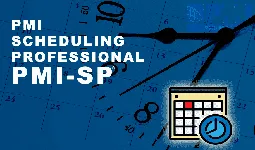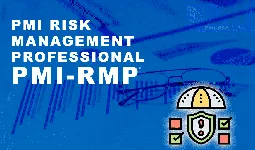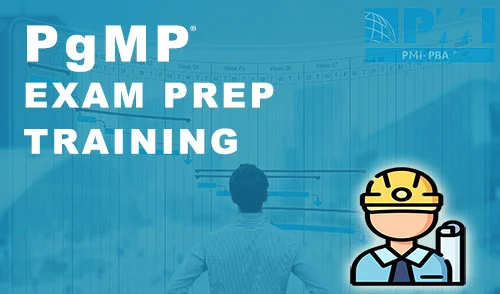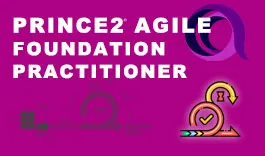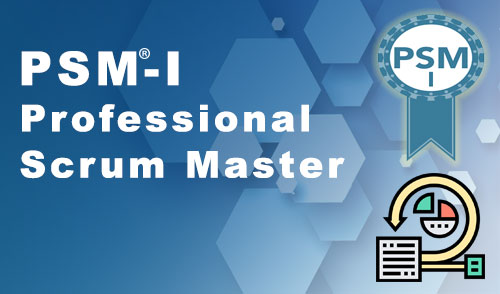Scrum Workflow - A Step by Step Guide
-
 By Niharika Chaurasia
By Niharika Chaurasia - Published on Sep 29 2022

Table of Contents
Introduction to Scrum Workflow
Scrum workflow is a sequence of processes, tools, and meetings that work together to bring the best quality products and profit to stakeholders and customers. It is basically an approach to dealing with complex projects that may have to be adjusted for possible variations.
In the world of software, the Scrum workflow process is an extremely considered and extensively used structure for developing products. The Scrum Workflow consists of a framework that shows difficult problems while effectively delivering products of superior quality.
By stressing over productivity, Scrum teams build fast and high-quality deliverables and effortlessly adjust to changes.
An important part of the Scrum Workflow is Sprint. It is a short time frame where a scrum team decides to complete a specific amount of work.
In general, the Scrum work process and Agile Project Management share significant ideas on how to deliver value gradually. The process is iterative where analysis of both the product and workflow are already prescribed stages of the Scrum Workflow process.
Scrum Team Roles

The Scrum workflow involves three core roles:
Product Owner
The Product Owner in a Scrum team mainly works with the user group that decides the structure of the product release. The product owner's role is to ensure a valuable product is delivered. They decide what works for the team and keep the team’s concentration on high-priority work.
Product owners play a very major role in the success of the product. They stay highly involved during the course of Sprint activity and development work.
Scrum Master
Scrum masters promote and support Scrum. To maintain smooth productivity, the scrum master stops and removes any obstacles faced by the team.
It also enables the development team and product owner to work on daily product development events.
They serve as a barrier between the team and external forces that hinder productivity.
Development Team
Development team members are formed from a cross-functional team that has all the required expertise to deliver the end product.
The development team handles only one project at a time. The team consists of developers, testers, and designers to avoid the involvement of third parties.
The members of the development team include people with expertise in time management, issue solving, and organization.
Scrum Workflow Steps
The Scrum workflow process is frequently customized based on constant feedback loops. The diagram shown below explains the step-by-step information of the Scrum workflow:

Creation of a product backlog
The initiation of the Scrum workflow process involves a visioning phase. In this phase, the stakeholders decide the structure of the product and develop a roadmap to accomplish the structured product.
The product owner initiates the Scrum Workflow Process. The team and product owner collaborate to develop the project requirements. Here, product requirements are maintained by the scrum team in the product backlog.
In Scrum, user stories are features of the product, and they are written keeping the end-user viewpoint in consideration. A product owner chooses items or user stories for the product backlog.
Release backlog
On the basis of the roadmap created in association with the product owner, the user stories are selected by the team for release. The main purpose of a release is to provide a section of the product backlog that is recognized as a release backlog.
Once the user story release order is decided, the development team evaluates the time required to finish each item. After the release preparation, the user stories are nominated for a sprint.
Creating the Sprint Backlog
The heart of Scrum workflow is the Sprint Backlog. The time period of each sprint lasts for 2-4 weeks. The team executes a set of tasks from the backlog in a predefined timeframe, known as a Sprint.
Each Sprint takes a controllable portion of the release backlog and gets it to a stable dispatch state. Items in a product backlog that need to be delivered within a particular sprint iteration are known as “Sprint Backlog”.
After determining the sprint backlog, each user story is divided by the team into tasks. Later, it is divided into sprints to develop the product.
A new sprint starts immediately after the completion of the preceding sprint.
Participating in sprint and scrum meetings
Once the user stories for the existing phase are selected, the process of development starts. A tracking board is usually used to track the present working process.
The board signifies specific user stories with task descriptions that mention requirements for carrying out operations.
The daily scrum activity is carried out once the code writing work is done and is incorporated into the system. The development team monitors the daily scrum activity to analyze the development towards the Sprint goal and growth in the Sprint Backlog.
Sprint is constantly monitored. The backlog allows for the modification of the sprint plan for the following sprint.
The status of the current project is gathered through meetings. The main purpose of these meetings is to collect correct information about the project. The time-box for each meeting is 15 minutes.
In the team, all members should communicate with each other about their task completion, upcoming tasks, and any problems or obstacles they face throughout the work.
Burndown charts
The burnout chart tracks the progress of the team. The chart gives an everyday measure of the work that is left in a specific Sprint or release.

The Burnout Velocity is calculated by equating the number of hours worked to the main project valuation and shows each day's average rate of productivity.
The speed of work is estimated by this chart. Based on the inferences, the number of user stories can be changed for the next Sprint.
Product Evaluation and Demonstration
A sprint completion is declared completed once all the user stories are done and the sprint backlog is also concluded.
After sprint completion, a sprint analysis is conducted by the team where the functioning software is presented for approval by the customers.
Additional changes are incorporated into the project by the stakeholders after considering the feedback of the customers. This gives value to the project as well as to the customers.
Reviewing and planning for the next sprint
The project completion also requires a self-assessment task. The team conducts a sprint retrospective to evaluate their work and to analyze what could be done to improve their work for future projects.
The team majorly focuses on three things:
-What went according to plan?
-What went unplanned?
-What should be done in another way?
This helps in the continuous inclusion of changes into sprint flow and teamwork. A Sprint retrospective lasts for a maximum of 90 minutes.
Finally, the team velocity is updated, and it serves as a data radiator to display the project's progress and current status. This brings them to the beginning of the process of a user story, and the complete cycle is repeated until the project ends.
Conclusion
Scrum workflow is a simple and easy-to-understand methodology. Agility and continuous progress are the main reasons that make scrum useful. Its convenient and continuous updating features make it preferred over conventional approaches.
Scrum workflow supports the team members with its continuous changes to be incorporated and encourages the process of project management. The Agile and Scrum methodologies also provide regular updates to the stakeholders.
To get full details about Scrum training courses and top Scrum certifications, reach us at Click Here or chat with a course expert.
Subscribe to our Newsletters
Popular Programs
PSM® - Professional Scrum Master Certification
Live Virtual Training
- 4 (75 + Ratings)
- 40k + Learners
Trending Posts
Product Owner Certifications List
Last updated on May 22 2023
Saturation Stage of Product Life Cycle: Complete Guide
Last updated on Nov 2 2023
Guide to Agile Project Management 2024
Last updated on Jan 30 2024
SAFe Implementation Roadmap Guide
Last updated on Sep 13 2024
Agile Environment Guide
Last updated on Dec 28 2023
Scrum Career Path Explained
Last updated on Jul 14 2022
Categories
- Agile Management 54
- AI and Machine Learning 42
- Big Data 53
- Business Management 51
- Cloud Computing 44
- Digital Marketing 56
- Information Security 8
- IT Hardware and Networking 17
- IT Security 103
- IT Service Management 29
- Leadership and Management 1
- Microsoft Program 2
- Other 43
- Programming Language 31
- Project Management 162
- Quality Management 75
- Risk Management 8
- Workplace Skill Building 2
Trending Now
List Of Traits An Effective Agile Scrum Master Must Possess
ArticleDevOps Vs Agile Differences Explained
ArticleDevops Tools Usage, and Benefits of Development Operations & VSTS
ArticleAgile Scrum Methodology - Benefits, Framework and Activities Explained
ArticleGuide to Agile Project Management 2024
Article10 best practices for effective DevOps in 2024
ArticleGuide to Becoming a Certified Scrum Master in 2024
ArticleWhy Should You Consider Getting a Scrum Master Certification?
ArticleCSM vs CSPO: Which Certification is Right for You?
ArticleAgile Manifesto - Principles, Values and Benefits
ArticleAgile Methodology Explained in Detail
ArticleAgile Project Management Explained
ArticleEssential Tools for Agile Project Management 2024
ArticleEverything about Scrum Methodology
ArticleLatest Agile Interview Questions and Answers To Look For In 2024
ArticleScrum Interview Questions and Answers 2024
ArticleTop Scrum Master Responsibilities 2024 (Updated)
ArticleProduct Life Cycle in Marketing: Essential Strategies for Product’s Success
ArticleDevOps Engineer Interview Questions - Best of 2024
ArticleDevOps Engineer - Career path, Job scope, and Certifications
ArticleBusiness Agility Guide - Importance, Benefits and Tips
ArticleScrum vs Safe – Differences Explained
ArticleCSM vs. PSM - Which Scrum Certification is Better?
ArticleSAFe Implementation Roadmap Guide
ArticleAgile Release Plan Guide
ArticleAgile Environment Guide
ArticleAgile Coaching Guide - Best Skills for Agile Coaches
ArticleAgile Principles Guide
ArticleSAFe Certifications List - Best of 2024
ArticleAgile Prioritization Techniques Explained
ArticleScrum Ceremonies Guide
ArticleProduct Owner Certifications List
ArticleScrum of Scrums Guide
ArticleWhat is DevSecOps and its Importance
ArticleData Processing - A Beginner's Guide
ArticleDevOps Career Guide 2024
ArticleStakeholder Engagement Levels Guide
ArticleScrum Master Career Path Explained
ArticleScrum Career Path Explained
ArticleTop Git Interview Questions and Answers [Updated 2024]
ArticleA guide to Agility in cloud computing
ebookProduct Roadmap: An Ultimate Guide to Successful Planning and Implementation
ArticleDMAIC Methodology - The Ultimate Guide
ArticleProduct Life Cycle Strategies: Key to Maximizing Product Efficiency
ArticleScrum Master Salary Trends in 2024
ArticleProduct Life Cycle Model: A Guide to Understanding Your Product's Success
ArticleWhat is a Product Owner - Role, Objectives and Importance Explained
ArticleSuccessful Product Strategies for Introduction Stage of Product Life Cycle
ArticleUnlocking Career Opportunities in Product Management: Your Roadmap to Success
ArticleSaturation Stage of Product Life Cycle: Complete Guide
ArticleCutting-Edge Technology of Google Cloud
ArticleHow to Write an Executive Summary for a Business Plan?
ArticleImportance of Procurement Management Software in Modern Business
Article

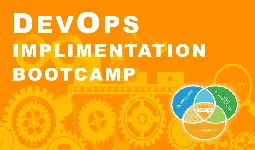

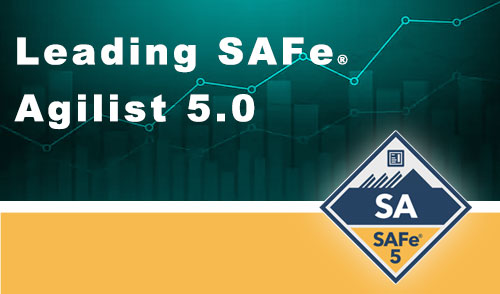
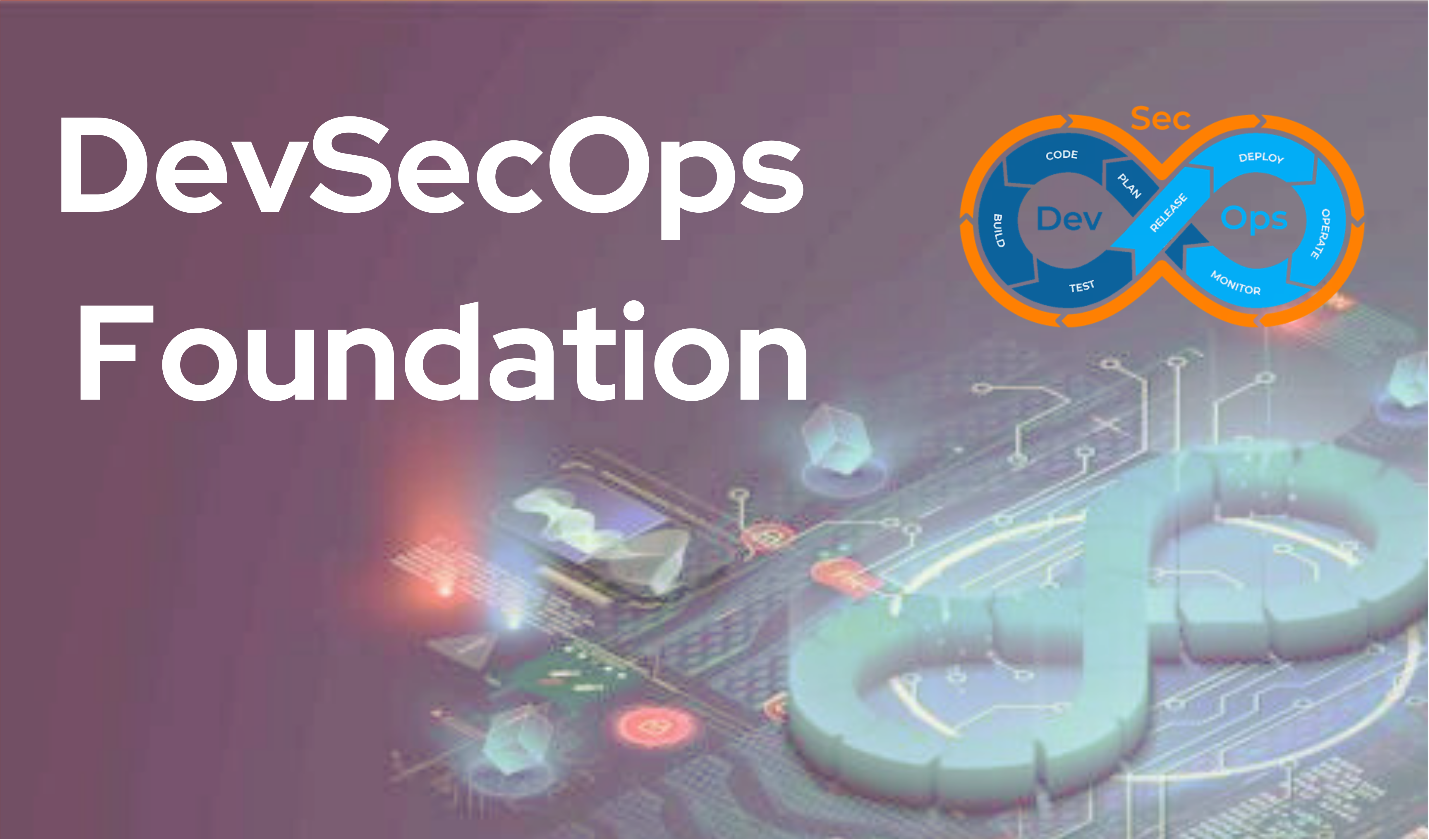
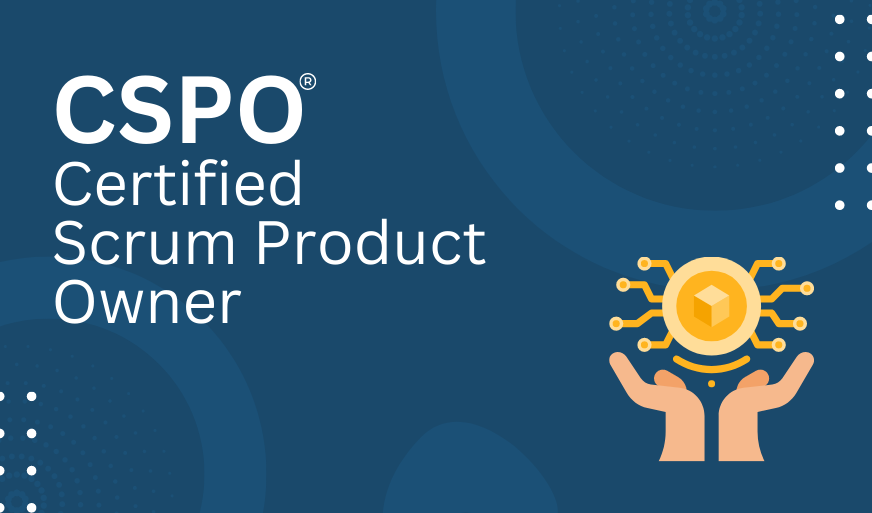
.webp)
